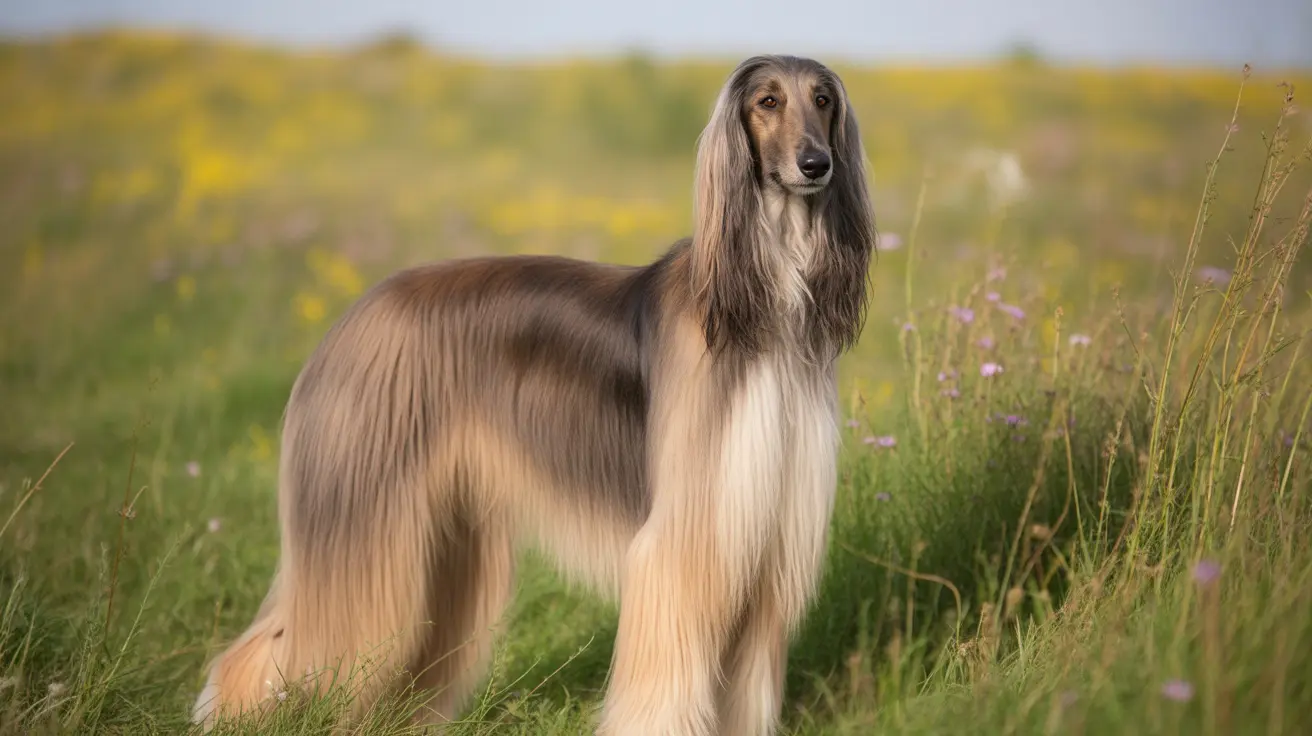The Three Dimensions of Canine Intelligence
Dog intelligence isn't a single trait but rather a combination of different cognitive abilities. Experts recognize three main types of canine intelligence:
Instinctive Intelligence
This refers to a breed's innate abilities and the specific tasks they were bred to perform. For example, herding dogs naturally exhibit strong instincts to gather and control livestock, while hunting breeds demonstrate exceptional tracking abilities.
Adaptive Intelligence
This type of intelligence involves a dog's ability to solve problems independently and learn from their environment. Some breeds labeled as "less intelligent" often excel in this area, showing remarkable problem-solving skills when motivated.
Working and Obedience Intelligence
This is what most people think of as "dog intelligence" - how quickly a dog can learn commands and how consistently they follow them. However, this is just one aspect of overall canine cognitive ability.
Common Misconceptions About "Less Intelligent" Breeds
Many breeds commonly labeled as "dumb" are actually highly specialized with unique cognitive strengths:
Independent Thinkers
- Afghan Hounds: Bred for independent hunting, these dogs make autonomous decisions
- Chow Chows: Ancient breed with strong guardian instincts
- Basenjis: Known for cat-like intelligence and problem-solving abilities
Scent-Driven Specialists
- Bloodhounds: Exceptional tracking abilities that can override command responses
- Beagles: Incredible nose-work capabilities that can appear as stubbornness
- Basset Hounds: Persistent trackers with specialized skills
Training and Intelligence: The Real Connection
What many perceive as low intelligence often reflects different learning styles or motivations:
- Breeds with high prey drive may seem distracted during training
- Independent breeds might choose not to follow commands
- Some breeds require specific motivators beyond traditional treats
- Different breeds respond better to varied training approaches
Frequently Asked Questions
Why are Afghan Hounds often labeled as one of the dumbest dog breeds despite their hunting skills?
Afghan Hounds aren't actually dumb; they're independent thinkers bred for hunting without human direction. Their seeming aloofness and reluctance to follow commands reflects their breeding for autonomous decision-making rather than a lack of intelligence.
How does a dog's breed affect its trainability compared to its overall intelligence?
Trainability and intelligence are distinct characteristics. Some highly intelligent breeds may be difficult to train due to independence or strong instincts, while others might learn commands quickly but show less problem-solving ability.
What makes scent hound breeds like Beagles and Bloodhounds appear less obedient but still intelligent?
These breeds have highly developed scenting abilities that can override other stimuli, including training commands. Their focus on scent work demonstrates specialized intelligence rather than low cognitive ability.
Are stubborn and independent dog breeds actually less smart or just harder to train?
Independent breeds often possess high intelligence but may choose not to comply with commands. This selective responsiveness reflects their breeding for self-sufficient work rather than low intelligence.
How can I effectively train a dog breed known for being stubborn or independent?
Success comes from understanding breed-specific motivations, using positive reinforcement, maintaining consistency, and adapting training methods to match the dog's natural instincts and preferences.
The Truth About Canine Intelligence
Every dog breed possesses unique cognitive strengths shaped by their breeding history and intended purpose. Rather than focusing on arbitrary intelligence rankings, potential dog owners should consider how a breed's specific traits align with their lifestyle and expectations.
Understanding and appreciating these differences allows for more effective training approaches and stronger human-canine bonds, regardless of breed-specific intelligence stereotypes.






